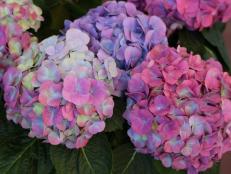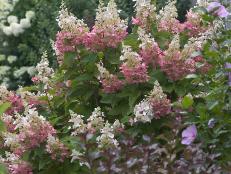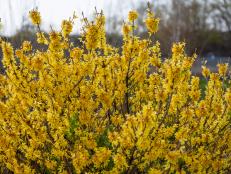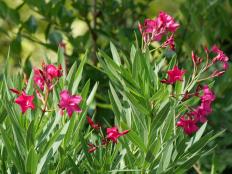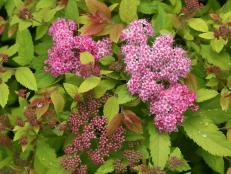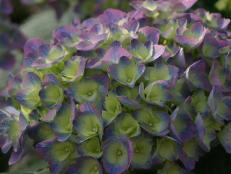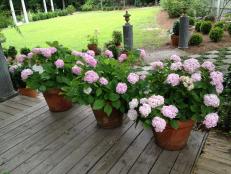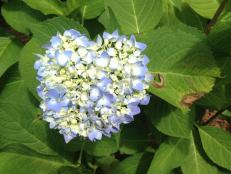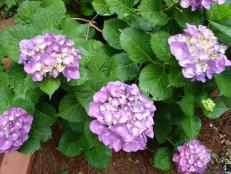Vanilla Strawberry Hydrangea

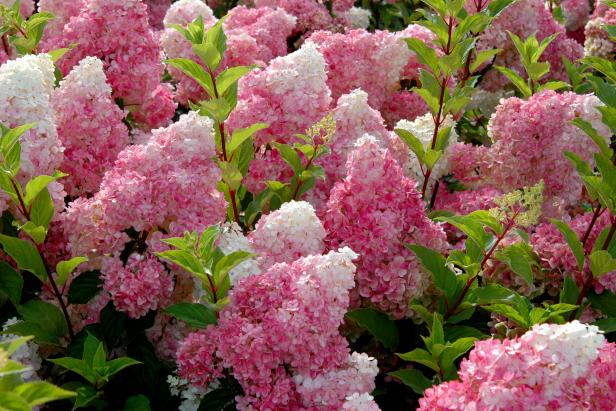
Image Courtesy of First Editions
Hydrangeas, it seems, have never been hotter, and with a name like 'Vanilla Strawberry', how could one unusual variety not be a hit?
The French hybrid, technically known as Hydrangea paniculata ‘Renhy’, gets its trade name for its large pointed clusters of flowers that start out in mid-summer as creamy white, then turn pink, and finally a strawberry-and-white shade before fading away in September. A relative of the classic PeeGee hydrangea, this shrub not only is a showstopper because of its romantic coloring but also its sheer size, which at maturity can reach seven feet tall and five feet wide. If those two landscape qualities weren’t enough to make any gardener salivate, this hydrangea produces blooms that make perfect cut flowers. Little wonder it was named one of the top plants by the American Nursery and Landscape Association.
If there’s only one downfall to this hydrangea it’s that it can be a little slow to take off the first couple years – the old “first it sleeps, then it creeps, then it leaps” kind of deal. But rest assured it can be a no-brainer addition to the garden if these needs are met:
Where to grow: Hardy in zones 4-9 but can be treated as an annual in other zones.
How much sun: Most hydrangeas require full sun except for intense afternoon light. For this one, give it morning and mid- to late afternoon sun, though it will tolerate partial shade as well.
What about soil: It prefers moist but well-drained soil. It can tolerate all types of soil (sandy, clay, normal), but keep in mind that the pH could affect flower color.
When to plant: Like most shrubs, hydrangeas are best planted in fall or early spring when soil is cool and plants aren’t challenged by extreme cold or heat.
How to prune: Remove old stems and deadhead spent blooms so that the plant can use its energy and nutrients to promote new growth. To control shrub size, prune in late winter (The plant flowers on new wood), before new growth appears.






